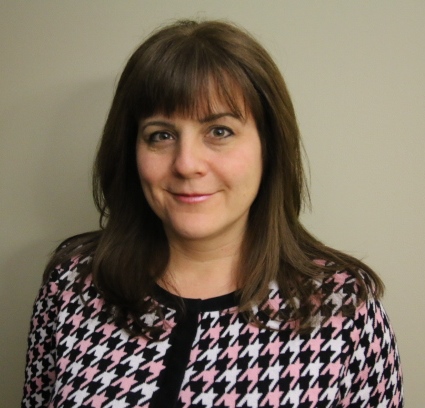- Home
- About Us
- The Team / Contact Us
- Books and Resources
- Privacy Policy
- Nonprofit Employer of Choice Award

 Don’t judge me. Sometimes I gravitate to what is most comfortable and natural for me and do not reach for the higher, more difficult goals. Take health priorities as one example. I know that going for a walk, jog or fitness class are important priorities but sometimes I chose the couch instead. I am also well aware that nutritious foods beat processed, but I have picked wrong on a few occasions. However there is good news! I can happily share that I have had success when I set a goal, made a plan and built in accountabilities. As elementary as this seems, sometimes I avoid doing these things because I simply have not committed to the prioritization that propels me to the goal and plan.
Don’t judge me. Sometimes I gravitate to what is most comfortable and natural for me and do not reach for the higher, more difficult goals. Take health priorities as one example. I know that going for a walk, jog or fitness class are important priorities but sometimes I chose the couch instead. I am also well aware that nutritious foods beat processed, but I have picked wrong on a few occasions. However there is good news! I can happily share that I have had success when I set a goal, made a plan and built in accountabilities. As elementary as this seems, sometimes I avoid doing these things because I simply have not committed to the prioritization that propels me to the goal and plan.
I’m guessing you can relate?
The same prioritization applies to finding the right fundraising mix for your charitable organization. Do you tend to gravitate toward areas that are known to be successful? Are your goals and concrete plans a little light on areas that are new or more challenging? Do you have an eye on your fundraising mix for long term revenue health, or are you inclined to do what is comfortable? Today can be the day where you prioritize, and take a look at your fundraising mix and build a plan to strengthen it.
Here are some steps you can take over the summer to build toward your next fundraising planning cycle.
As leaders and fundraisers in the charitable sector we tend to play to our strengths and annual planning cycles. We celebrate the here and now and can become absorbed in fiscal fundraising goals and managing expenses tied to annual return on investment. It is well known that major and planned giving are two areas that can be challenging for organizations because they go outside of the multi-year cultivation cycles needed to build these programs and engage donors over the long term. If you have not prioritized these or other key areas, today should be the day you consider a goal and plan for each. Just as with health and fitness, we all need to start somewhere. Just move!
“Change before you have to.”
~Jack Welch
. On a closing note, sector research or trend analysis can be helpful in establishing priorities for your fundraising plan and mix. For example, in Charitable Giving Stats Canada (2010), examination of the decile (10%) of people who made the largest donations show that this group alone contributed 63% of all donations. This remains relatively unchanged since 2007. Keep in mind that charitable Canadian donations totalled 10.6 billion in 2010.
Lorelei Wilkinson CFRE has worked as a professional fundraiser for 25 years at organizations such as Parkinson Society, The Lung Association and United Way of Greater Toronto. She is the National Senior Manager, Major Giving at The Children’s Wish Foundation of Canada and Chair, AFP Canada Research Committee.